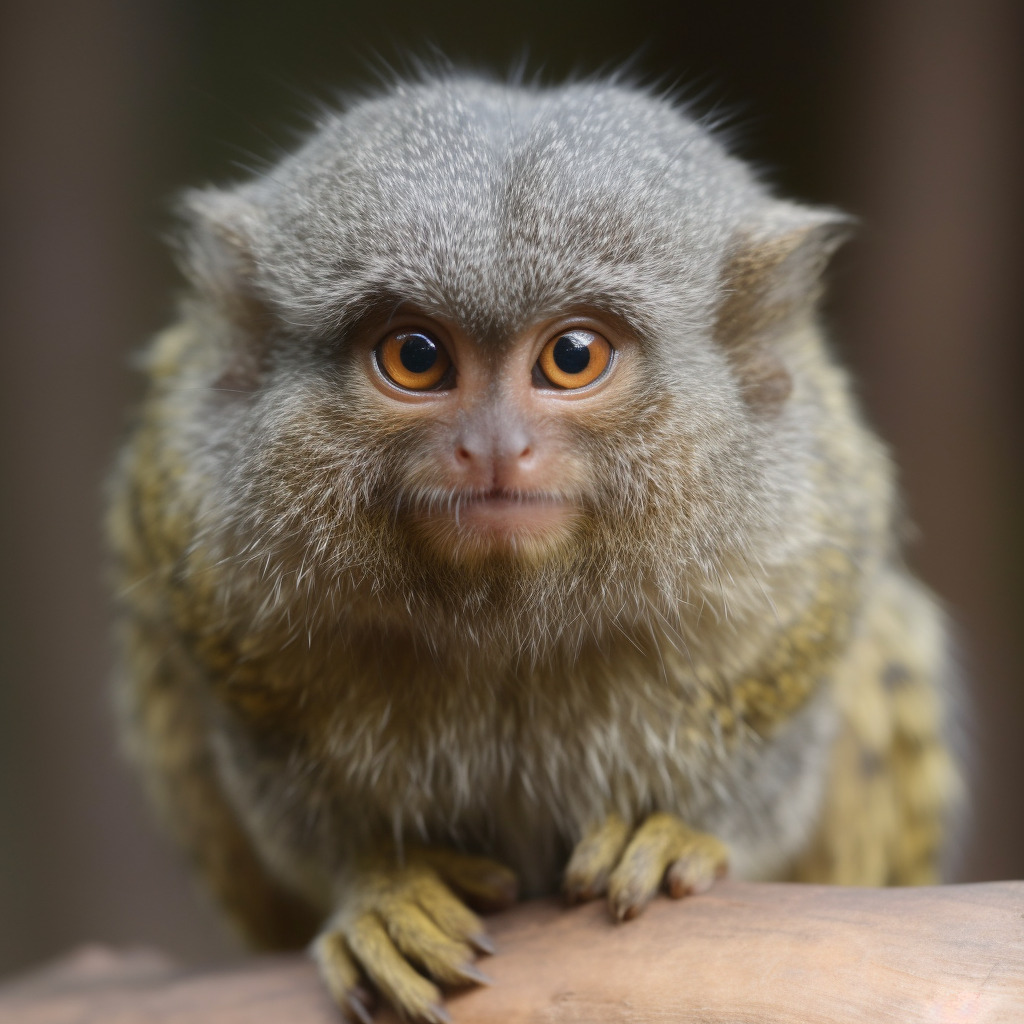Marmosets
Perceptions of marmosets with depigmented sclerae – are they less scary?
Co-authors: Perea García, J. O., Szala, A., Matzinger, T., Szczepańska, A., Delliponti, A., & Wacewicz, S.
Pre-registration available here!
Humans have been touted as having unique eyes, especially because our sclerae (the “white of the eyes”) are mostly lacking in pigments. By comparison, chimpanzees, and plenty of other primates, have deeply pigmented eyeballs. Studies suggest that this may have to do with the evolution of tolerance in humans. Marmosets (small, agile primates native to South America) also display highly depigmented sclerae. Sometimes even more than humans! Marmosets typically live in social groups and have complex communication and social behaviour. They are known for being extremely cooperative, forming tightly bound groups in which everyone helps rear infants. This has led some researchers to think that the loss of scleral pigments may signal tameness or reduced aggression.



I am curious to see if marmosets perceive marmosets with eyes with depigmented sclerae as less aggressive. To do this, a research team from CLES is conducting a study in the Zoo and Botanical Garden in Toruń in which they show marmosets manipulated photos of exactly the same individual, but with either darker or lighter sclerae. If scleral depigmentation does indeed signal reduced aggression, it is likely that marmosets will be less surprised and frightened when shown photos manipulated to show lighter sclerae. The study should finish at some point in 2023. We are looking forward to seeing the results!